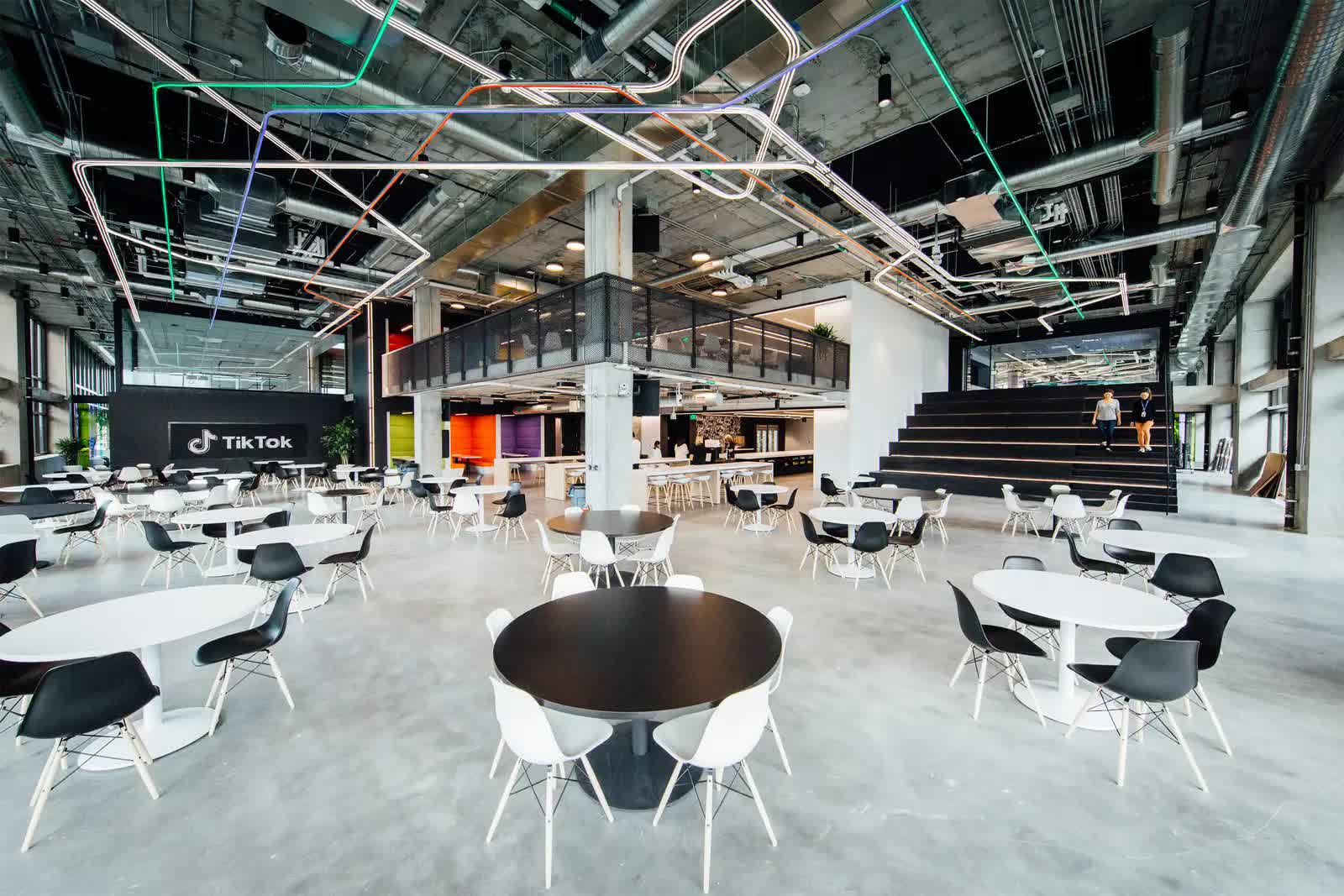In brief: Companies demanding that employees start coming back into the office more regularly or on a full-time basis is never a happy moment for workers, but TikTok is making the situation even worse by monitoring its staff's office attendance using a new tool. Those found to be enjoying the comforts of home more often than they're allowed to could face disciplinary action.
As reported by the New York Times, TikTok, owned by Chinese company ByteDance, told its employees in the United States that they are joining the many other tech workers being forced back into the office. From October, the requirement will be to be in the building at least three days per week, and some teams will need to be there every day.
We've seen plenty of workers protest against return-to-office mandates this year. For TikTok, employee anger will undoubtedly be exacerbated by the company's use of a new tool, an app called MyRTO.
Built into the company's internal software, myRTO can track in-office attendance by monitoring badge swipes. Anyone found to have a "deviation" – an absence on a day they were meant to be in the office – will be asked to explain it.
There will also be a dashboard where the attendance data is visible to employees, supervisors, and the company's human resource division. Moreover, employees in TikTok's New York office have reportedly been told that a lunch stipend will be linked to the app, requiring a check-in from the office to access the funds.
The transition away from working from home has been one of the most controversial employment issues in years. IBM and Zoom were the latest to call employees back to the office, following the likes of Amazon. Corporate workers were so angry about Amazon's decision that it led to petitions and protests. They never helped, though; CEO Andy Jassy recently warned those who don't want to return that "It's probably not going to work out for you."
Zach Dunn, an expert on hybrid work and a founder of the hybrid management company Robin, told the NYT that ByteDance might be wondering what all the fuss is about. He said workers in the owner's home Asia-Pacific region have largely been back in the office, usually full-time, for well over a year.

